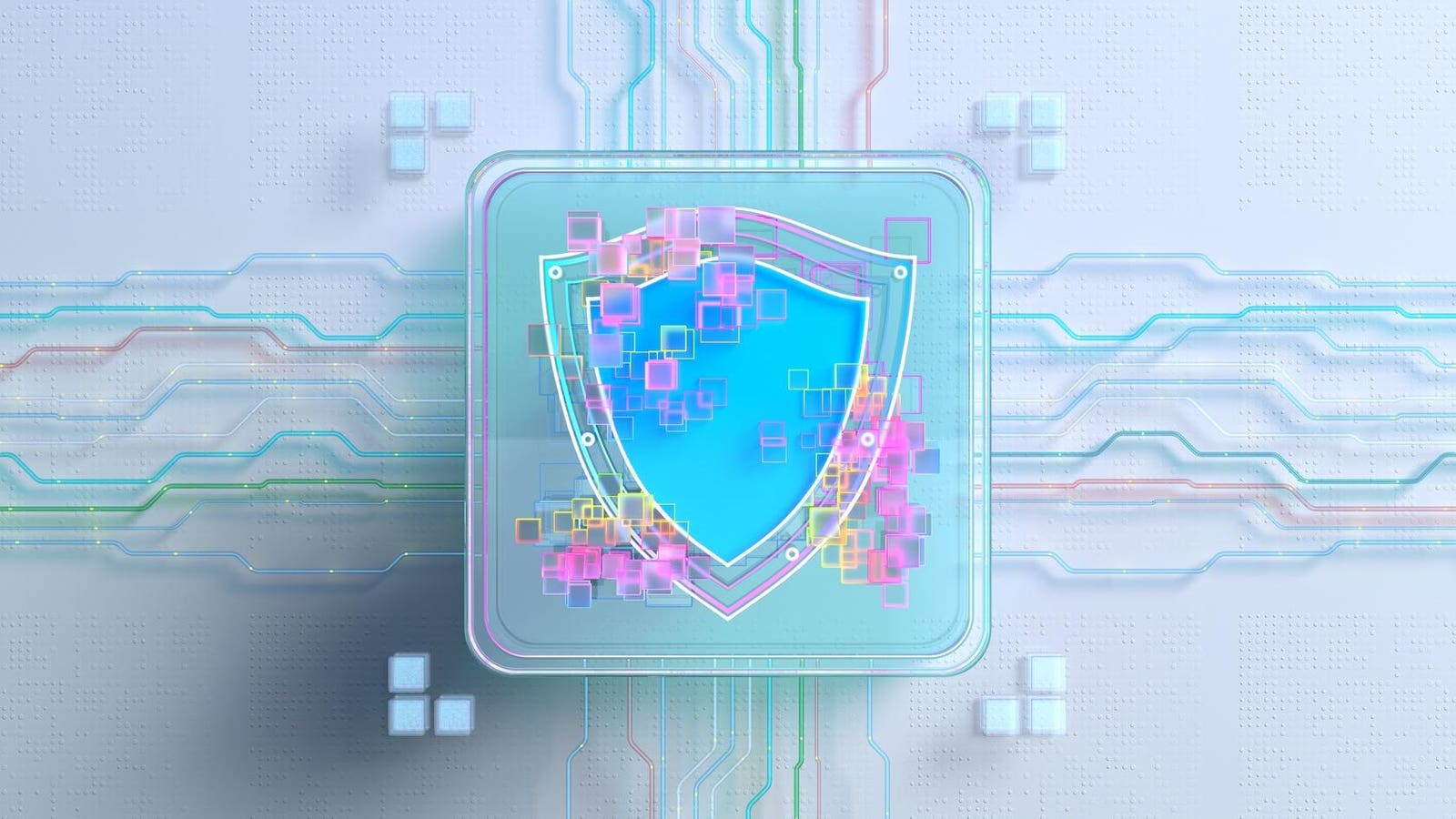Seemant Sehgal is Founder & CEO of BreachLock Inc., a leader in Continuous Attack Surface Discovery & Penetration Testing as a Service.
Offensive security strategies are now a top business priority for the boardroom, driven by increasing threats, evolving attack surfaces and AI-powered cybercrime. As cyber risks grow more sophisticated, CISOs are demonstrating the business value of proactive, offensive security in executive decision-making.
Today, adversaries operate persistently, testing an enterprise’s security posture around the clock, and because of this, security teams are evolving from a reactive to a proactive, offensive security strategy. This shift has placed Adversarial Exposure Validation (AEV) at the forefront of cybersecurity technology investments. As a result, enterprises are increasingly prioritizing offensive security—not just as a testing mechanism, but as a core pillar of cyber resilience.
Adversarial Exposure Validation Defined
According to the Gartner Market Guide for Adversarial Exposure Validation dated March 2025, AEV is defined “as technologies that deliver consistent, continuous and automated evidence of the feasibility of an attack. These technologies confirm how potential attack techniques would successfully exploit an organization and circumvent prevention and detection security controls. They achieve this by performing attack scenarios and modeling or measuring the outcome to prove the existence and exploitability of exposures. AEV is generally delivered as a SaaS solution with or without on-premises agents.”
For many enterprises, traditional pentesting and red teaming have long been key components of security testing. However, traditional approaches come with significant limitations:
• Periodic And Static Testing: Most engagements occur annually or semi-annually, offering only a snapshot in time rather than continuous assessment.
• Limited Scope: The testing scope is often focused on specific scenarios or pre-defined attack paths, missing broader risks and emerging threats.
• Lack Of Real-World Adversarial Emulation: Traditional pentesting and red teaming often fall short of mirroring the tactics, techniques and procedures (TTPs) of actual threat actors.
• Delayed Feedback: Security teams may wait weeks to receive post-assessment reports, leaving critical vulnerabilities unaddressed in the interim.
Enterprises cannot afford to wait for annual assessments in today’s threat landscape. They need real-time offensive security that continuously tests their resilience and cyber readiness.
The Shift To Adversarial Exposure Validation Solutions
To bridge the gap between point-in-time security testing and real-world attack simulation, enterprises are embracing adversarial emulation and solutions that support efficient threat management.
These AEV solutions are an always-on approach that constantly tests and evaluates an enterprise’s defenses against evolving threats such as:
• 24/7 Attack Simulation: Employ automation that continuously tests an enterprise’s defenses rather than running periodic engagements.
• Real-Time Threat Detection: This provides instant feedback on security gaps and enables immediate mitigation.
• Integration With SOC And Incident Response: AEV tools align with SIEM, SOAR and XDR solutions, ensuring rapid response to detected threats.
AEV differs from traditional pentesting and red teaming by emulating real attackers and evolving TTPs. Using MITRE ATT&CK® and AI and machine learning, it enhances detection, scales testing and provides deeper insights for precise security improvements.
Why AEV And Offensive Security Are Becoming A Boardroom Priority
As cyber threats become business risks rather than just IT concerns, offensive security is gaining attention at the executive level. AEV tools such as automated pentesting and red teaming are now C-suite and board-level discussions, and here are some reasons why:
• Regulatory And Compliance Pressures: The SEC, NIS2, DORA and other regulations are mandating continuous risk assessments rather than just annual pentesting. Therefore, enterprises are being mandated to demonstrate proactive security measures to reduce liability and regulatory scrutiny.
• The CISO’s Role In Cyber Resilience: With ransomware supply chain attacks and AI-driven threats rising, CISOs must shift from compliance-driven security to real-time, risk-based approaches. AEV provides real-world data to validate security investments and provide ROI to justify budgets.
• The Business Value: AEV solutions minimize dwell time by swiftly identifying and mitigating attack vectors before a breach occurs, reducing costs and downtime.
How To Implement AEV
As a provider of AEV technologies, we have seen security validation become a core practice in offensive security. By proactively simulating real-world attack TTPs, organizations can identify vulnerabilities and implement mitigation measures to prevent potential breaches before they occur.
However, customers and their security teams may face different challenges in implementing AEV depending on the size of the organization and their current security testing strategy. Some of the challenges and solutions may include:
• Selection Of AEV Tools: Many organizations adopting AEV are accustomed to tools like breach and attack simulation (BAS) for security validation, primarily to enhance security operations tool performance. But AEV must be seen through an offensive security lens with an emphasis on threat action simulation over control validation. Organizations should consider the added value of automated pentesting and red teaming in identifying real exploitable risks, not just testing security controls.
• Scaling Internal Offensive Teams: While interest in AEV solutions like red teaming is high, some organizations may struggle with scaling offensive security programs. Demonstrating how automated or autonomous testing solutions provide structured, repeatable, proactive testing without the overhead of building a full internal red team could expedite adoption for early adopters and justify costs.
• Mature And Regulated Organizations: AEV is not just another security testing tool. It is a structured, repeatable and proactive offensive security approach that aligns with regulatory mandates for continuous risk assessment, validation of security controls and threat-informed defense. Instead of viewing AEV as a standalone solution, mature organizations should implement it as a governing framework that unifies offensive security efforts across red teaming, penetration testing, attack surface management and attack simulations.
Conclusion
As cyber threats become more automated, sophisticated and persistent, enterprises should adopt offensive security as an integral component of their security strategy. AEV will not only focus on increased automation and continuous real-world testing but will grow into an industry standard, shifting from a niche practice to a core enterprise security strategy.
As enterprises adopt AEV, boards and executives will increasingly demand ongoing, scalable security testing to assess and manage cyber risk, driving the evolution of AEV into a measurable, proactive security solution.
Forbes Technology Council is an invitation-only community for world-class CIOs, CTOs and technology executives. Do I qualify?








